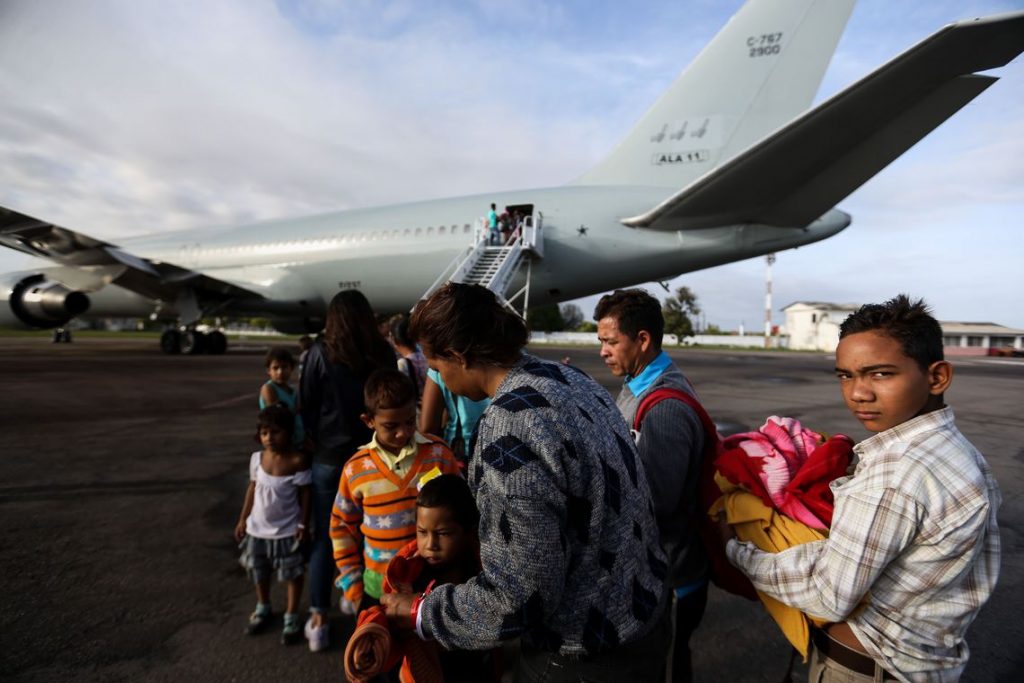São Paulo – The number of migrant and refugee children in the world today could fill half a million classrooms. The data was released this Wednesday (21) by the United Nations Educational, Scientific and Cultural Organization (UNESCO). According to the organization, this means a 26% increase in the number of school-age children in these conditions, if compared to data from 2000. In a statement, UNESCO stated that, since the landmark New York Declaration for Refugees and Migrants, in 2016, refugees, worldwide, have missed 1.5 billion school days.
The data is from UNESCO’s 2019 Global Education Monitoring Report (GEM Report) named “Migration, Displacement and Education: building bridges, not walls.” The study shows the countries’ achievements and shortcomings in ensuring the rights of migrant and refugee children to quality education. “To learn is not a luxury. Everyone loses when the education of migrants and refugees is ignored. Education is the key to inclusion and cohesion. It is the best way to make communities stronger and more resilient,” said UNESCO’s Director-General, Audrey Azoulay, in a statement.
Another important data highlighted by the report is that those that emigrate are more skilled than those left behind. The GEM Report believes that what it calls “brain drain” is seen with one in 12 highly skilled Latin American people. Guiana, for instance, lost 78% of its highly skilled workers to emigration. The GEM report also mentions the Brazilian exchange program that encouraged the mobility of tertiary students. “The Brazilian Scientific Mobility Program, known in Brazil as Ciência Sem Fronteiras, funded thousand of tertiary students to study in over 40 countries in disciplines critical to Brazil’s growth,” it states.
Among the issues discussed is the education as a way of fighting extremism and violence. According to the report, although attacks by foreigners amount to a fraction of those by nationals, the public opinion in high income countries has come to “overemphasize the reverse – that migration is associated with terrorism.”
To UNESCO, education can be like buffers against radicalization. “Indeed, violent extremists often see education as a threat and target schools, as in the Boko Haram attacks in Nigeria. In eight Arab countries, unemployment raised the possibility of radicalization among the more educated, with disappointed expectations of improving economic standing,” stated the GEM Report. Within the fight against the violent extremism, UNESCO underscores that education must be gender-sensitive and include women and girls.
Migrant teachers
Regarding the migration of teachers, UNESCO points to the language barrier as one of the many challenges.“ Since teacher qualification regulation often relate to language skills, many of the large flows are between countries with linguistic and cultural commonalities.” Among them, the study mentions teachers from Egypt and other Arab countries that, seeking higher wages, helped improve education systems in the countries of the Gulf Cooperation Council (GCC). However, another change in the countries’ education systems, introduced English as the language of instruction. According to UNESCO, this has been contributing for English-speaking candidates to replace Egyptian and Jordanian teachers.
In the current migration process, the report points out that, in 2017, international migrants are 3.4% of the world’s population, or 258 million people. Of those, 64% reside in high income countries. And in these countries, the share of migrants in the populations rose from 10%, in 2000, to 14%, in 2017.
In many Gulf countries, such as Qatar, United Arab Emirates and Kuwait, migrants are the majority group. From South Asia to Gulf countries, from North Africa to South of Europe and from Eastern Europe to Western Europe are among the important migrant corridors, according to the GEM Report. It also states that in 80% of high schools of high income countries, at least 5% of the students have immigrant backgrounds, and, in 52%, at least 15% have it also.
Translated by Sérgio Kakitani




